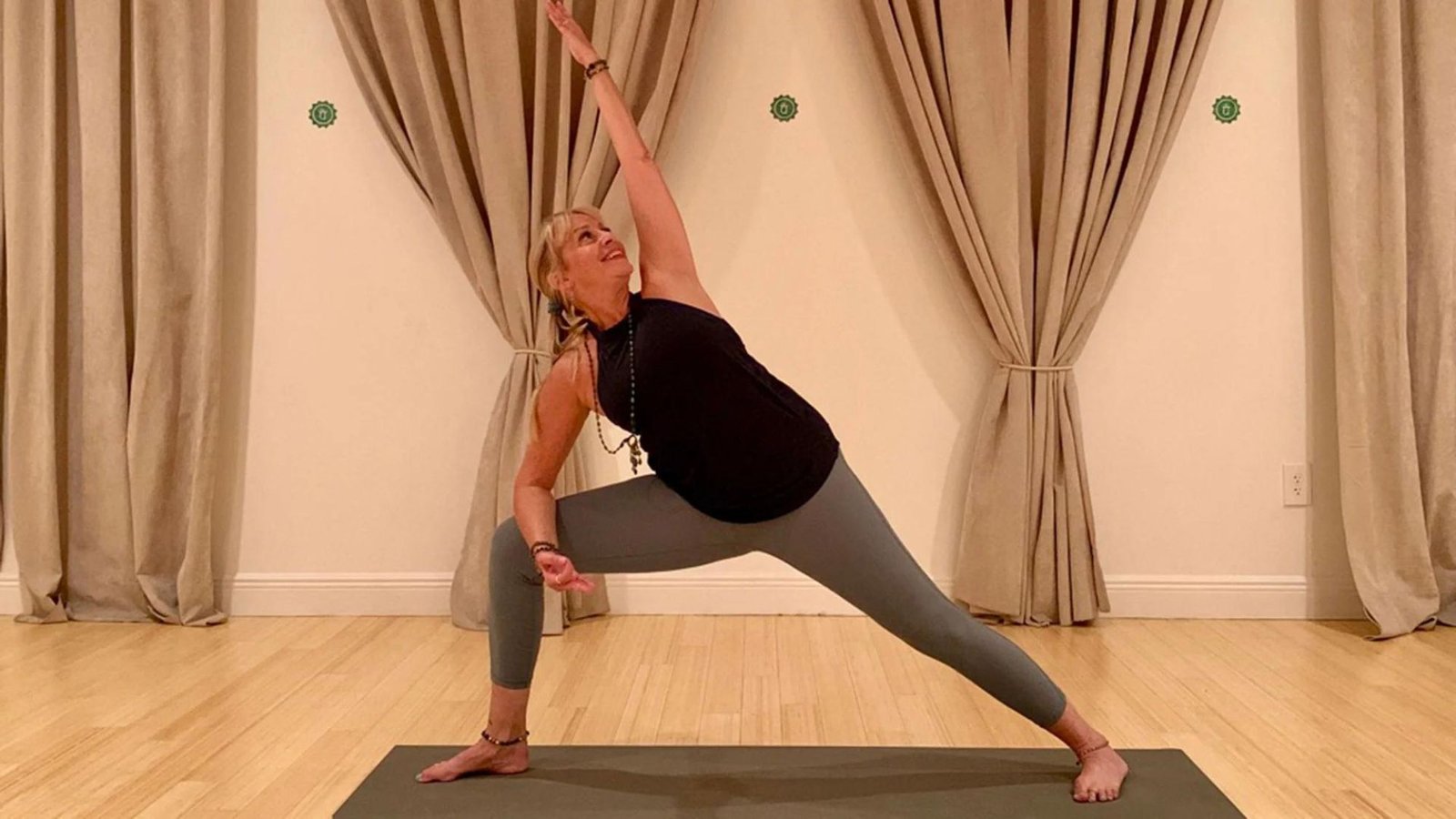Integrating Haptonomie with yoga practice can enhance your physical and emotional well-being. Haptonomie focuses on touch and emotional connection, while yoga emphasizes physical postures and mindfulness. Together, they create a holistic approach to wellness. Here are some effective ways to integrate Haptonomie with yoga practice.
Integrating Haptonomie with Yoga Practice
1. Begin with Mindful Touch
Starting your yoga session with mindful touch sets the tone for integrating Haptonomie with yoga practice. Before beginning your poses, place your hands gently on your heart or belly. This simple act helps you connect with your body and emotions, grounding you for the session ahead.

2. Incorporate Touch in Warm-Up
During your warm-up, use touch to enhance your awareness. For example, gently massage your shoulders, neck, and arms. This helps release tension and prepares your body for deeper stretches. Integrating Haptonomie with yoga practice in this way promotes relaxation and readiness.
3. Partner Yoga for Enhanced Connection
Partner yoga is an excellent method for integrating Haptonomie with yoga practice. Practising poses with a partner allows for shared touch and mutual support. For instance, in poses like partner forward fold, you and your partner can gently support each other’s back, fostering trust and connection.
4. Use Props for Sensory Feedback
Incorporate props like yoga blocks and straps to provide sensory feedback during your practice. These tools can enhance your body awareness and alignment. For example, pressing a yoga block between your thighs in a bridge pose helps you engage the right muscles and improves your posture.
5. Practice Self-Compassion through Touch
Integrating Haptonomie with yoga practice includes self-compassion. Use gentle self-touch as a reminder to be kind to yourself. If a pose feels challenging, place a hand on your heart and take a deep breath. This reinforces a positive and nurturing attitude towards your practice.
6. Focus on Breath and Touch
Combine breath awareness with touch to deepen your practice. In poses like a child’s pose, rest your hands on your lower back and feel the rise and fall of your breath. This integration of Haptonomie with yoga practice enhances mindfulness and body connection.
7. Guided Touch Meditation
End your yoga session with a guided touch meditation. Lie in savasana (corpse pose) and guide your attention to different parts of your body, placing your hands gently on each area. This practice promotes relaxation and a deeper connection with your physical and emotional self.
8. Attend Haptonomie-Inspired Yoga Classes
Look for yoga classes that incorporate Haptonomie principles. These classes often include elements of touch and emotional awareness, providing a structured way to integrate both practices. Attending such classes can give you new insights and techniques to enhance your practice.
9. Explore Yin Yoga with Haptonomie
The prolonged poses allow you to explore touch and emotional connection more deeply. Use a gentle touch to support your body during these long holds.
10. Use Touch to Enhance Balance
Balance poses, such as the tree pose or warrior III, can benefit from the integration of touch. Lightly touch a wall or a partner to improve stability and confidence. This approach helps you find a balance between physical alignment and emotional steadiness.
11. Practice Touch in Restorative Yoga
Restorative yoga, which focuses on relaxation and healing, is ideal for integrating Haptonomie with yoga practice. Use bolsters, blankets, and gentle touch to support your body in restful poses. This combination promotes deep relaxation and emotional release.
12. Mindful Hands-On Adjustments
If you’re a yoga instructor, consider offering mindful hands-on adjustments to your students. Use a gentle touch to guide them into better alignment and deeper stretches. This practice not only improves their poses but also fosters a sense of connection and trust.
13. Touch and Intention Setting
At the beginning of your practice, set an intention and reinforce it with touch. Place your hands on your heart or third eye and silently affirm your intention. This ritual integrates Haptonomie with yoga practice by connecting your mind, body, and spirit.
14. Sensory Exploration during Poses
While holding yoga poses, explore different textures and sensations. For instance, touch the mat with your fingertips in downward dog or feel the fabric of your clothes in seated poses. This sensory exploration enhances your body awareness and connection.
15. Reflect on Your Experience
After your yoga practice, take a few moments to reflect on your experience. How did the integration of Haptonomie with yoga practice affect your session? Journaling about your thoughts and feelings can provide insights and help you continue to grow in your practice.
Conclusion
Integrating Haptonomie with yoga practice can profoundly enhance your physical and emotional well-being. By incorporating mindful touch, breath awareness, and self-compassion, you can create a more holistic and fulfilling yoga practice. Explore these techniques to deepen your connection with yourself and others, fostering personal growth and emotional healing.




